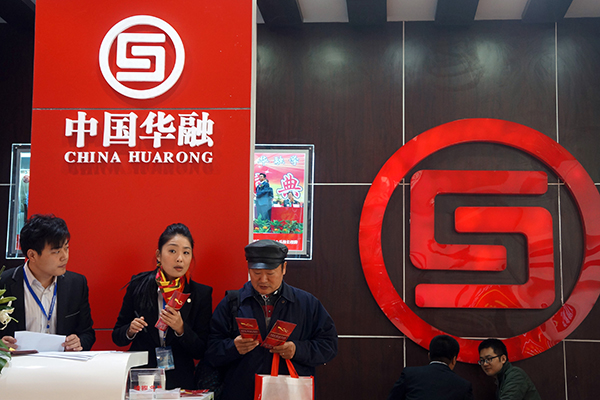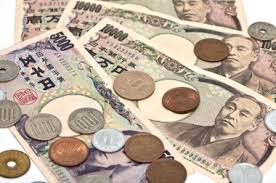Latest Chinese Fintech FOF Completes Raise of 10-billion-yuan (US $1.8b) as Asia fintech funding continues to eclipse North America and EU allocation to financial technology initiatives..
(Econotimes.com) 28 December 2016- In a move to advance China as a financial and technology hub, Asia FinTech FOF, a foundation that aims to seek investment opportunities and fuel mergers and acquisitions (M&A) in Asia, was established in Beijing on Tuesday, China Daily reported. (feature photo also courtesy of China Daily)
With funds of 10 billion yuan ($1.44 billion), the foundation is the second fund of funds (FOF) after the Zhongguancun FOF, which is valued at 30 billion yuan. The Zhongguancun FOF was established in 2015 and expected to support acquisitions worth 150 to 200 billion yuan.
The Asia FinTech FOF was initiated by both private and State-owned capital. This includes Hong Kong-listed Credit China Fin Tech Holdings Ltd, Shanghai Xinhua Distribution Group Ltd and Jilin Province Investment Group Corp Ltd.
“Our investment will center on leading companies in the fields of big data, AI, cloud computing, mobile payment, supply chain financing and block chain,” said Sheng Jia, the executive director of Credit China Fin Tech, as quoted by China Daily.
Xie Sha, managing partner of Asia Fintech FOF, said that the fund already has some projects in the pipeline, which includes areas such as big-data driven consumption financing, blockchain infrastructure provision and AI-based credit service platforms.
While fintech has taken the global financial sector by storm, the Asian fintech funding market is spearheading this revolution. In the first half of 2016, the Asian fintech market saw $10 billion of investment far more than North America’s $4.6 billion and Europe’s $1.8 billion.
China, in particular, is in the forefront with policy support also stimulating the growth of country’s fintech market. The State Council in August published the national five-year plan on scientific and technological innovation by 2020, in which of fintech innovation is particularly encouraged.
“Fintech is reshaping the financial business. And this is an opportunity that neither traditional financial institutes nor technology firms want to miss,” said Xie.

According to Steven Chow, the Hong Kong-based Director and Chief Strategy Officer for capital formation consultancy Prospectus.com, “Based on the projects that we’ve been engaged to assist throughout both 2015 and 2016, there is no question that that Asia domiciled companies, and particularly China-based start-ups are heavily focused on the fintech space.” Added Chow, “However cyclical thematic investment trends tend to be, fintech is now justifiably an asset class unto itself. It is more than clear that the powers that be in China understand this, perhaps even better than their counterparts in the US or Europe.”
If you’ve got a hot tip, a bright idea, or if you’d like to get visibility for your firm through MarketsMuse.com via subliminal content marketing, advertorial, blatant shout-out, spotlight article, etc., please reach out via this link
To continue reading Asia FinTech Funding Initiative 2x That of US and EU, please visit Econotimes.com via this link























